Lucie Loves... Food & Travel // Discovering Edinburgh, Scotland
The sun is just creeping down behind the tenements, and I’m sat on the terrace of the Malmaison Hotel sipping a whisky sour cocktail. I’ve got my leather jacket wrapped around my shoulders, it’s getting nippy – but I don’t want to go in yet.
I have 20-minutes to spare before our Saturday night evening meal at Tom Kitchin’s The Scran and Scallie. As night begins to fall; the seagulls continue to squawk by the waterfront, and I know that I’m definitely in Edinburgh.
At least I was, back in early September, when I joined my fellow bloggers, Kate, Kim, Lucy, Lisette, Rachel and Sarah-Lou on the #ScotchBeefMeatUp.
*Sensitive veggie or vegan types avert your eyes now*
It was humorously named foodie tour, which allowed us to spend 3 days in the sunny city of Edinburgh with Laurent from The Scotch Kitchen, and set our sights on the glorious countryside surrounding Gordon – home to Alison & Robin Tuke and their Hardiesmill Aberdeen Angus cattle.
My first impressions of Edinburgh? It’s a little bit like Bath and Bristol had a lovechild, with its mixture of grand Georgian terraces and Medieval architecture. It’s very pretty.
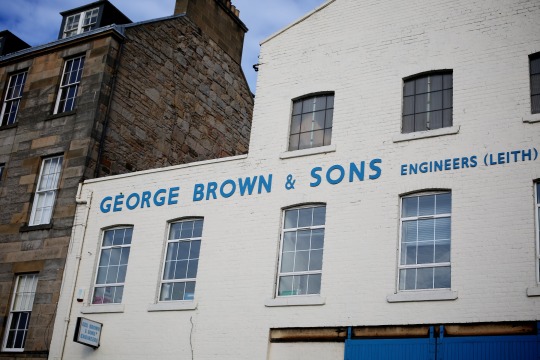
I feel very privileged to be invited on trips like this. Even after all these years of blogging, I have to pinch myself that opportunities like this come up. Having a passion for travel and getting to explore new places is like a dream come true! I won’t ever take it for granted.
When the email landed in my inbox, tantalisingly so… I got very excited at the prospect of spending a big, fat foodie weekend in Scotland. It’s immersive trips like this – ones that tick every sensory box – that I love the most.
The travel aspect of my blog is something that I’ve been developing for a while now, and over the next few months I’ll be doing just that. Watch out for highlights from my trips to New York,Singapore and India (coming soon).
From the journey to the reception; to the company you keep and the sounds of the city: each trip is individual. And Edinburgh is no different. There’s black cabs like London – but at a fraction of the cost! There’s plenty of fine-dining options and enough Michelin Star Restaurants in Edinburgh to shake a stick at.
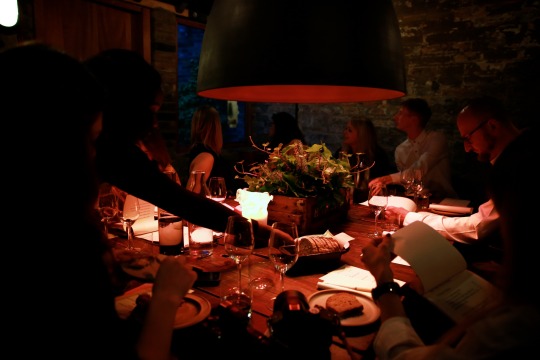
On our first night we ate in The Shed, a private dining room at Timberyard. It’s a beautiful, bare brick warehouse of a restaurant, with a patchwork industrial heritage. It has been renovated with such love and respect that you’ll feel it, as soon as you step foot inside.
As we dined on locally sourced food, made from the freshest of seasonal ingredients, Laurent from Scotch Kitchen went on to reveal the difference between Scotch and Scottish. I must admit, naively, I didn’t know there was one.
“Scottish can be anything. Scotch is very specific.”
To be Scotch, an animal must be born, reared and processed (slaughtered) in Scotland. Through their work at Quality Meats Scotland, (the trade name for The Scotch Kitchen) they ensure the welfare of both farmers and animals, who supply the Scotch Beef and Scotch Lamb industry.
Every animal that is called Scotch has its own passport. QMS also work closely with the SPCA, the Scottish version of the RSPCA that we have in England. The welfare of the animals and farmers is embodied in everything that they do. For example, if a farmer has a mental health problem and cannot look after the farm or his animals, the SPCA will step in and ensure that the farmer and his animals get the help they need.
We also learnt that lamb is actually one of the LAST seasonal products in the UK. And that you can have both spring-born lambs and autumn-born lambs. Good lamb needs light to grow. Depending on the time of the year, lambs come from different parts of the UK. This also affects the way they taste. A lamb grazing by the sea will take on a natural salty taste compared to ones that have been fed on heather, flowers or types of grass. The best time to eat Scotch lamb is September. Born in spring and ready in autumn. The last two weeks of a lamb’s life is when the flavour develops.
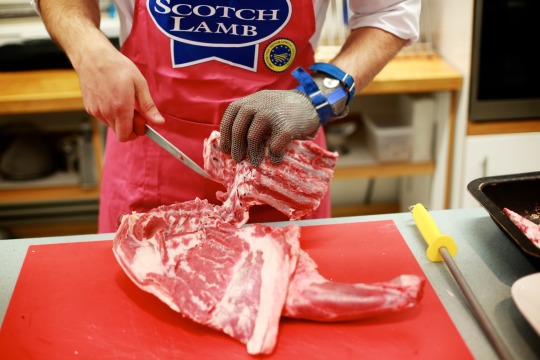
Another interesting fact is that the NHS is actually the largest buyer of lamb in the UK, as there are no known allergies to lamb.
We took a trip to Edinburgh’s New Town Cookery Schoolto have a lesson in butchery with Stewart McClymont, where we learnt how to prepare our own lamb shoulder. It definitely made us appreciate just how much skill goes into processing the meat that we eat. Armed with very sharp knives, chainmail gloves and Stewart’s tutelage, we set about de-boning a shoulder of lamb.
We learnt a little about seam-cutting and ways of preparing lamb, before transforming it into tasty dishes like patties with salsa and pitta, and even a stir fry for a quick, cheap, easy and healthy meal. It’s amazing how little of the animal gets wasted. And yes. I did try Haggis too. I mistakenly thought it was a bowl of Quorn… Haha! It wasn’t. It was surprisingly tasty actually.
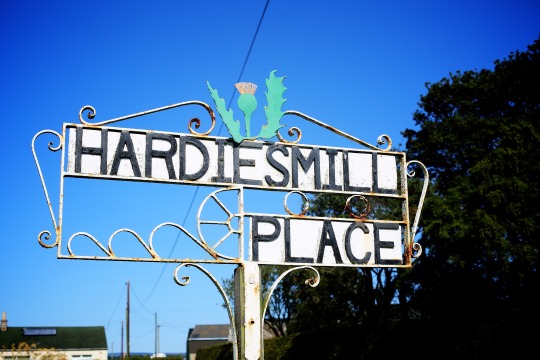
We then moved our tastebuds from Scotch Lamb to Scotch Beef, with a trip to Hardiesmill Place. Farmer Alison Tuke explained that the Aberdeen Angus breed is a relatively recent one. It’s so popular that it ends up going to the United States and Argentina, where it is crossed with other breeds. In Scotland the animals are smaller, so they they don’t get stuck in the mud when the weather turns nasty!
As we explored Alison and Robin’s farm, we were careful not to scare the cattle as we played around with outfit shoots set against the stunning rural backdrops. Any stress that the animals experience in their life can end up ruining the quality of the meat. For good beef, it is important that the animal was happy in the farm where it grew up. Hence the need for QMS and their gruelling inspections.
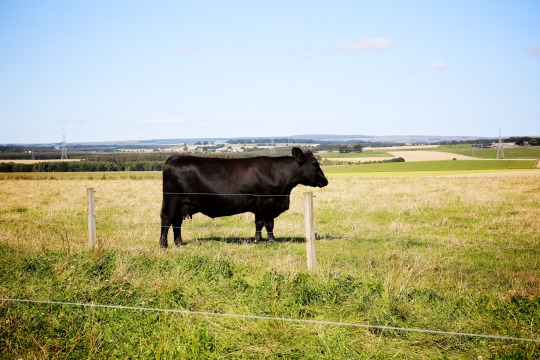
Aberdeen Angus are a beautiful pure black colour. Although occasionally you get a ginger one too!
Tips for purchasing Aberdeen Angus beef
- Ask your butcher where their Aberdeen Angus beef came from. If they don’t know the name of the farm, they can’t vouch for the animals welfare.
- If you’re buying Aberdeen Angus beef in the supermarket, check the back of the packet. It often says Aberdeen Angus on the label, but when you turn over the packet it will say sired by an Aberdeen Angus, meaning that it has been crossed with another breed.
- Buying from a good butcher means that you can make sure that you get what you pay for. You’ll also be able to ask whether it is pedigree Aberdeen Angus beef.
- The name Aberdeen Angus is a good indication, but not a guarantee.
- Don’t buy cheap meat. From Farmer to Butcher, the whole process is a craft. From planning to palate.
- There are just under 10,000 farms under the Scotch Beef umbrella. You’ll also find that some London butchers stock it too, but not many do Scotch lamb. Find your nearest Scotch Butcher here.

We had the pleasure of tasting a delicious selection steak and Tombuie British charcuterie lamb and beef whilst at Hardiesmill Place. It was the perfect way to round off our trip before heading back to the airport. I can thoroughly recommend trying charcuterie lamb with freshly chopped, flat white nectarines. Mouth-wateringly good.
Want to see more photos from my trip and find out what we ate/saw/drank/did in Edinburgh? Take a look here:
Edinburgh, Scotland by Lucie Loves on Exposure
Find out more about the bloggers on my trip and check out their wonderful blogs below.










